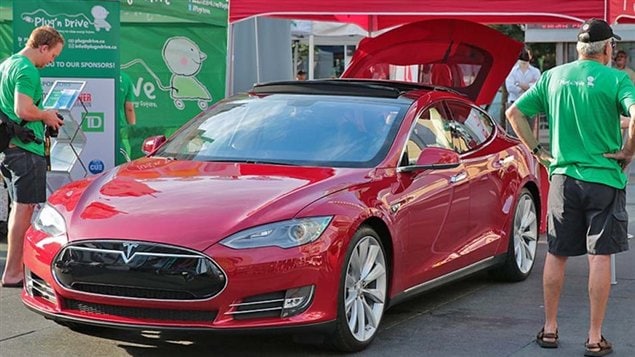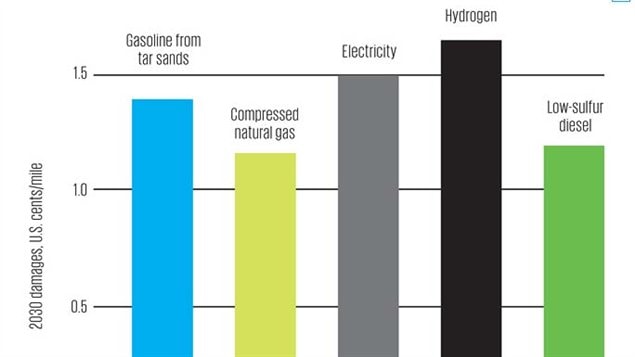Electrical utilities are saying the increasing use of electric vehicles is putting stress on the present power grid.
There are still few public charging stations in cities across Canada, so most owners charge their vehicles at home.
An electric vehicle can represent 3 to 5 times the load of a typical home during charging.
The problem arises in older neighbourhoods built before things like air conditioners, and dozens of electric and electronic appliances became commonplace in households. At that time, homes had relatively low electrical loads and neighbourhood transformers were designed accordingly, said Tom Odell, manager of capital projects and electric vehicles for Toronto Hydro. When an EV moves into that space, it’s really a disruptive load,” he said.

He notes that an electric vehicle can represent 3 to 5 times the load of a typical home during charging. While a stove can also be a heavy draw, its usually on for only short periods, whereas an EV may be charging for 8 hours.
Expensive transformers will have to upgraded or replaced to handle the increasing load as more EV’s come into neighbourhoods.
A group called “Plug’n Drive” which promotes EV use, estimates there are currently about 1400-1500 EV’s in the province of Ontario, with about half of them in the Greater Toronto Area.
Meanwhile, questions are being raised about just how “green” EV’s really are. .
EV’s are promoted almost exclusively on the immediate fact of zero emissions, leaving out a host of other questions that need to be answered when it comes to their true environmental footprint.
Substantial energy is used to mine the iron, lithium (Li) and rare earth elements (REEs), then to smelt and process the raw materials, and further to transport all these materials in order to manufacture the cars, the batteries, and everything associated with them
Questions also arise about the increased need for electrical power and how that’s generated. Boosting generation from electrical plants which use fossil fuels, (coal, natural gas) means increased C02 and environmentally negative means to extract the fuel from the ground, while nuclear means radioactive waste which must be safely stored forever along with other potential health and safety risks.
While Ontario and Quebec have substantial amounts of relatively green hydro power, that is not the case in most other areas around the world.
Ozzie Zelmer was an engineer at GM and an EV advocate, he later concluded that EVs simply replace one set of environmental problems for another.
In an article for the Institute of Electrical and Electronics Engineers, entitled “Unclean at Any Speed”, he lists several other issues of concern.

These include the extraction and toxic processing of relatively rare materials needed for the batteries and electronics.
A 2010 study published by the National Academies overseen by two dozen leading scientists in the US drew together the effects of vehicle construction, fuel extraction, refining, emissions, and other factors.
It concluded that the vehicles’ lifetime health and environmental damages (excluding long-term climatic effects) are actually greater than those of gasoline-powered cars. Indeed, the study found that an electric car is likely worse than a car fueled exclusively by gasoline derived from Canadian tar sands!
One of the suggestions in the report was that cities need to be better designed and land-use policies re-examined in order to reduce suburban sprawl.







For reasons beyond our control, and for an undetermined period of time, our comment section is now closed. However, our social networks remain open to your contributions.